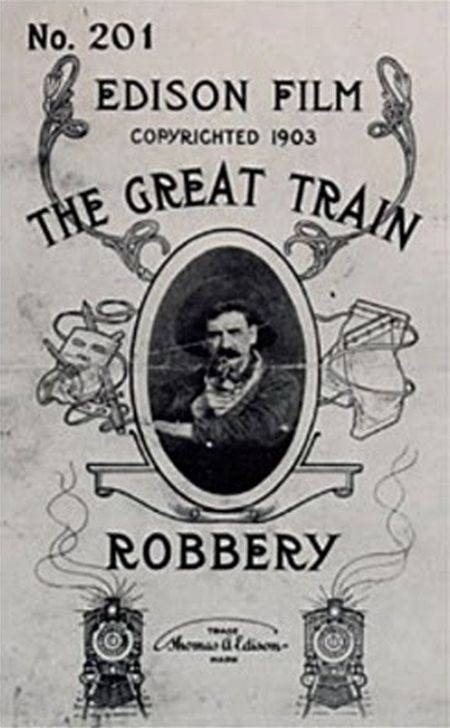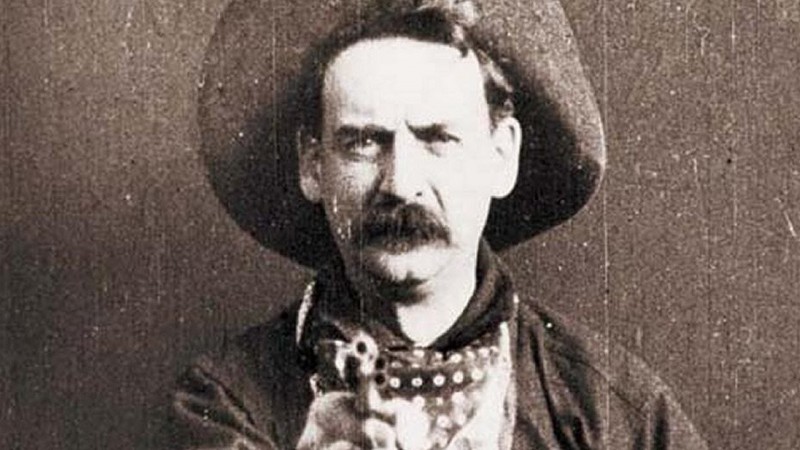The Great Train Robbery

The Great Train Robbery, was the first narrative film in film history and is regarded as a milestone of the American western genre. Although it is not the first western ever, is credited (along with Kit Carson by Wallace McCutcheon), as one of the films that defined the prototype of western movies.
The film was a great success of audience, and contains many elements that we know very well: criminals, good that wins over evil and a surprise ending: a brilliant scene became famous. At the end of the film in fact, the actor Justus Barnes points the gun at the camera and grinning, shoot into the screen, towards the audience.
Porter, translating into pictures a theatrical script inspired by a true story really happened in those years, made a film with a strongly narrative impression, making use of the editing to tell a complete linear story, ie without time shifts. Although the linearity is not total, since between the robbery and the formation of the group of “avengers” is virtual, it remains the most exemplary narrative excursion seen until then. Porter used a revolutionary editing technique, the cross-cutting, through 13 interesting paintings of long and medium shots, a good mix of studio and external scenes, utilizing the characteristic landscapes of New Jersey.
Heart-stopping of interesting and exciting action and violence scenes, marked by shoot-outs, fistfights and horseback pursuits, are alternated with less tense and festive atmosphere of the group of people intent on celebrating. This allowed Porter to explore, contrasting them in a direct way, the themes of justice and evil, embodied by the group of outlaws. Both sides suffer losses, but finally justice prevails and the bandits found and killed.
Particularly interesting, besides the aforementioned surprise ending scene, the opening sequence in the train station, as well as the scene of the battle on top of the moving train, showing a shot already used earlier by Georges Méliès in the movie “Panorama from Top of Moving Train” in 1898.
